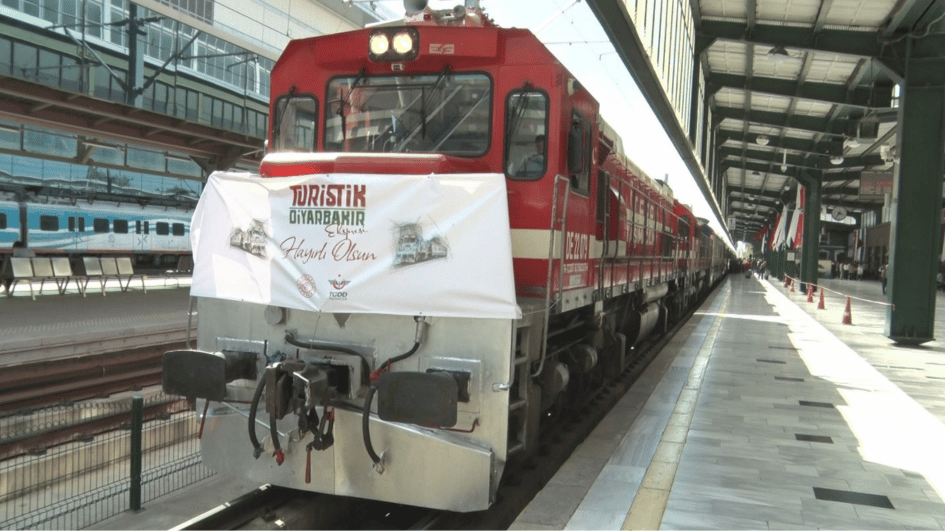US constitution and the latest Turkish-US crisis
In front of me I have a Washington Post article from March 26, 1988, titled “Ruling arouses security worry at embassies.”
The first paragraph says: “The State Department and the U.S. Secret Service expressed concern yesterday that a U.S. Supreme Court ruling this week upholding demonstrators’ rights to protest near foreign embassies, may make it more difficult to provide security for foreign facilities here.”
This article debates the consequences of the U.S. Supreme Court’s decision on demonstrations organized in front of embassies in the capital.
US Supreme Court decision
With the decision it took in 1988, the Supreme Court annulled a law in force since 1938 that banned demonstrations in front of embassies in Washington D.C., ruling that it runs against freedom of expression recognized by the U.S. constitution.
This law was used to put in force a restriction that forbade demonstrators coming closer than 500 feet (150 meters) toward embassy buildings.
An article of this law used to ban the use of symbols at these demonstrations that could possibly harm the reputation of foreign governments.
Civil rights organizations in the U.S. took this issue with a campaign that lasted for years as far as to the Supreme Court, arguing that the restrictions brought to the right of demonstration in front of embassies obstructed the freedom of expression recognized by the constitution.
The decision of the Supreme Court ruling that the “prevention of peaceful demonstrations would be a violation of freedom of expression” was seen as a great victory by a wide range of segments of the society, from civil rights defenders to Soviet Jews, who used to get arrested frequently for demonstrations they held in front of the Soviet Embassy.
Why did the secret service panic?
The Washington Post story talks about the grave concern the decision of the Supreme Court created among the U.S. State Department and secret service officials responsible for protection issues.
The concern aroused due to the fact that after the decision demonstrators started gathering in front of the embassies.
This concern heightened when on his way to a reception in the North Korean Embassy, eggs were thrown at the car of the U.S. Secretary of State George Shultz in front of the embassy.
The news article quotes Isaac Fulwood from Washington D.C.’s police force saying they are trying to develop standards on how the new policy works.
“We’re trying to strike a balance between the freedom of the American people and the security interests of people who represent foreign governments,” Fulwood says.
What is more striking is the statement of William Corbett. After saying that the decision requires the agency’s uniformed officers, who provide security for foreign facilities, to make split-second decisions that could have international implications, Corbett adds: “A secret service officer finds himself with foreign soil behind him and a potentially hostile group in front of him. There is no buffer zone… The secret service doesn’t think he is in a very good position.”
Fulwood voiced another concern; the decision also raises the danger that diplomats inside an embassy might panic and react unpredictably to confrontation.
When the limits of freedom of demonstration differs
A debate which has taken place among U.S. institutions 30 years ago is important when viewing in a correct framework and assessment of the incident that took place in front of the Turkish Embassy’s residence during President Recep Tayyip Erdoğan’s visit to Washington D.C. last month.
There are no legal barriers within the ruling of the U.S. Supreme Court for demonstrators to gather in front of foreign embassies in Washington D.C., provided they are not violent; and even no barriers to carry symbols that can be resentful for the reputation of the foreign country.
The fundamental reason why Turkish and U.S. officials are not on the same page on this incident stems from the fact that this dimension of the issue is not properly understood.
The Turkish side approaches the issue on U.S. territory from the perspective of standards and practices in Turkey, while the American side acts within its constitutional framework.
There is almost a big gap between the restrictions that can be brought to the freedom of demonstrations in Turkey together with the toughness of established police practices and the broadness of the limits of this freedom in U.S.
This is a gap that does not appear to be bridged easily.











